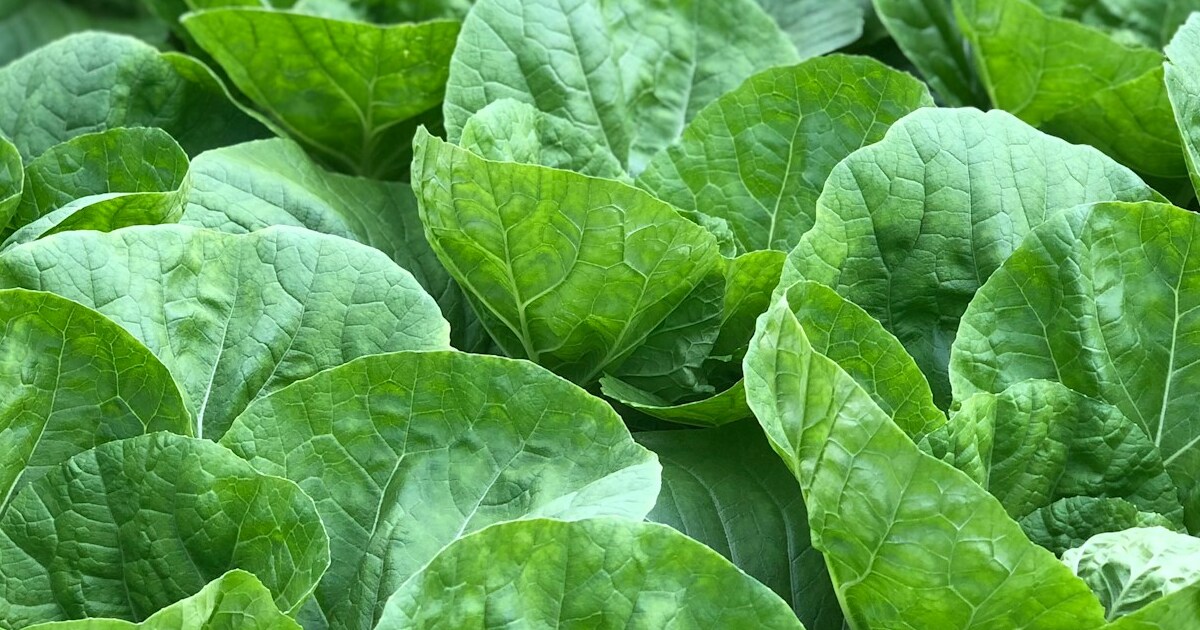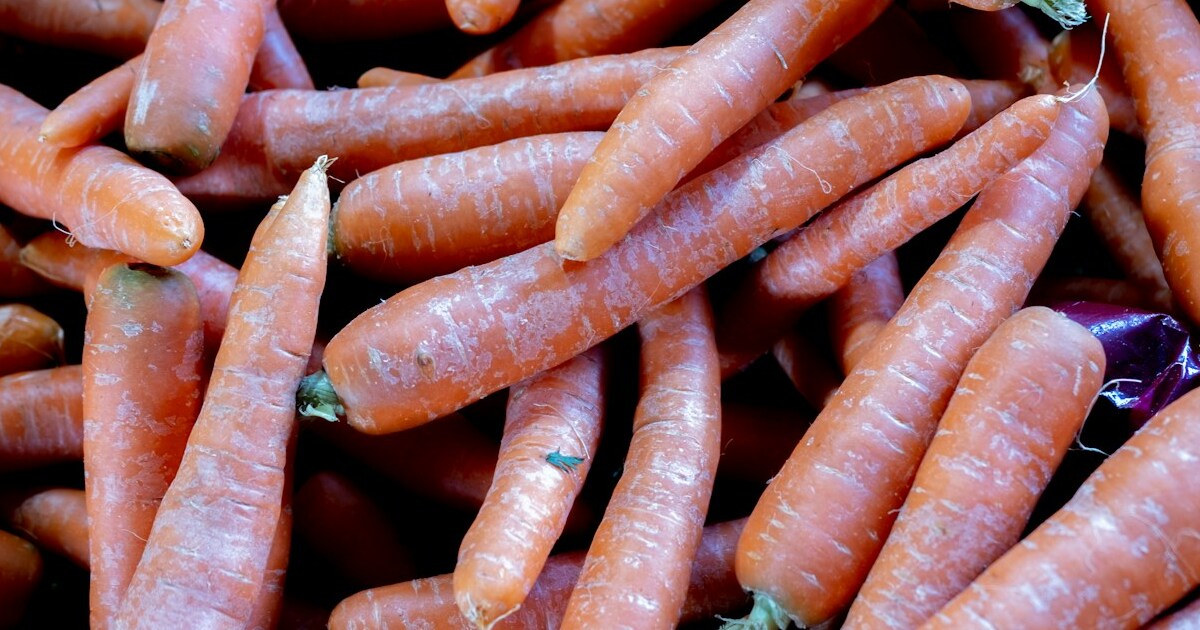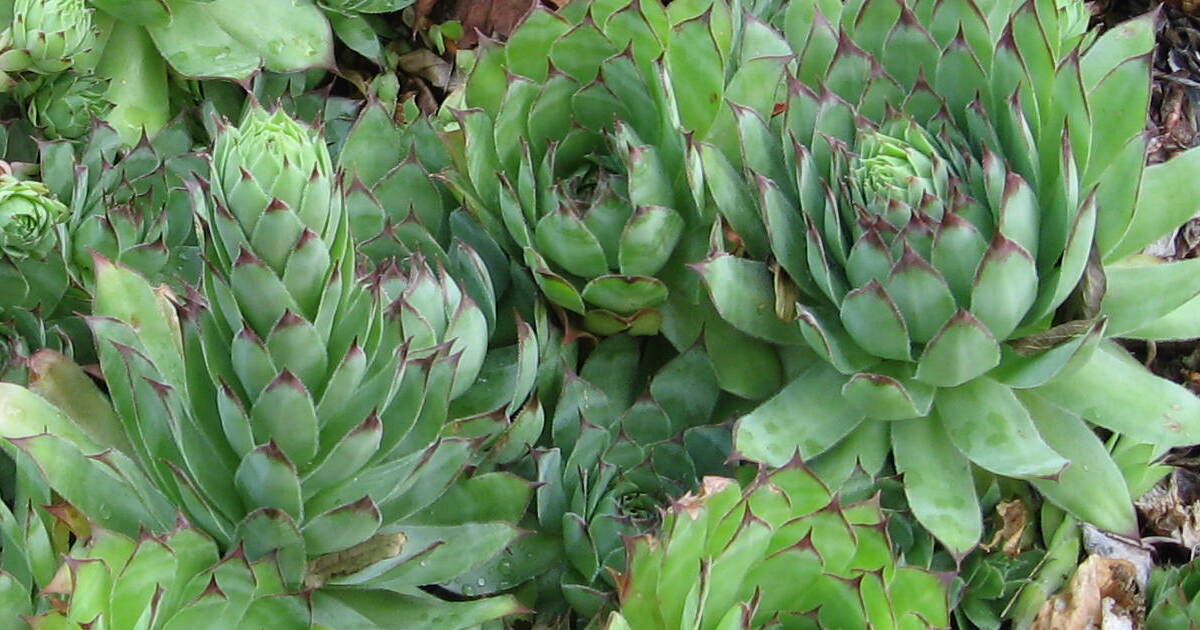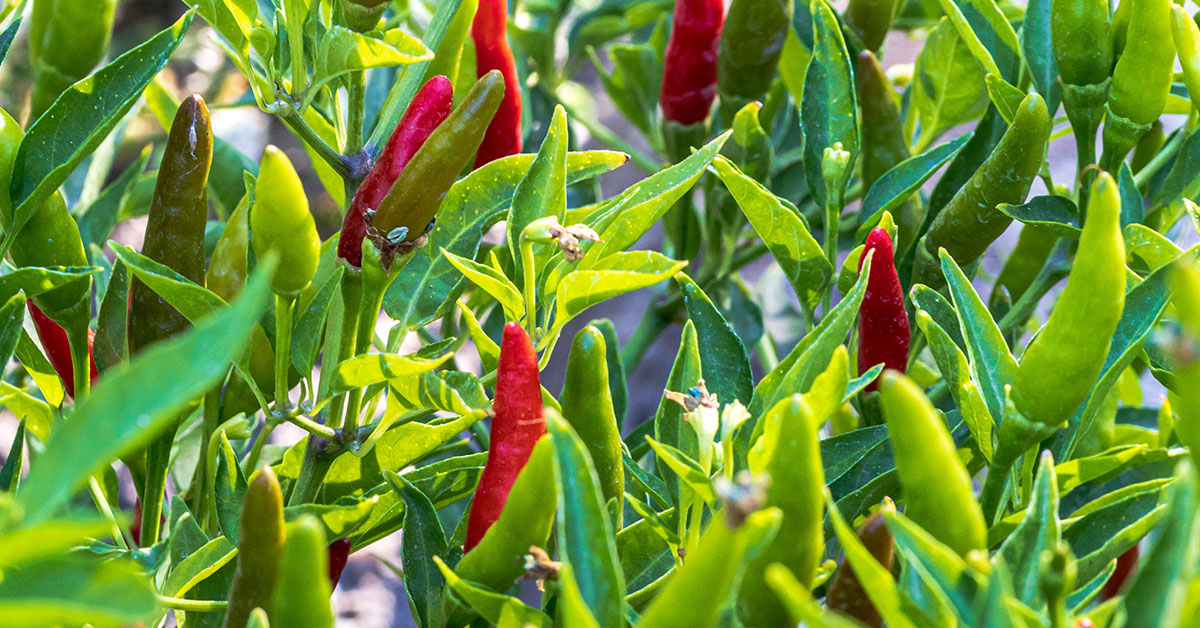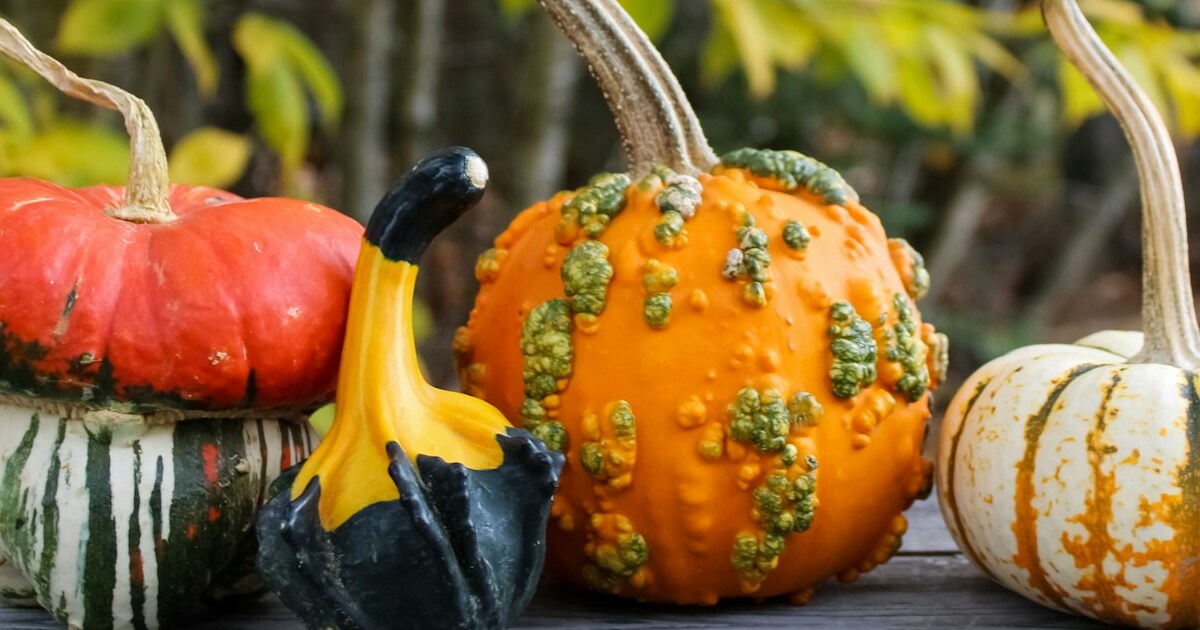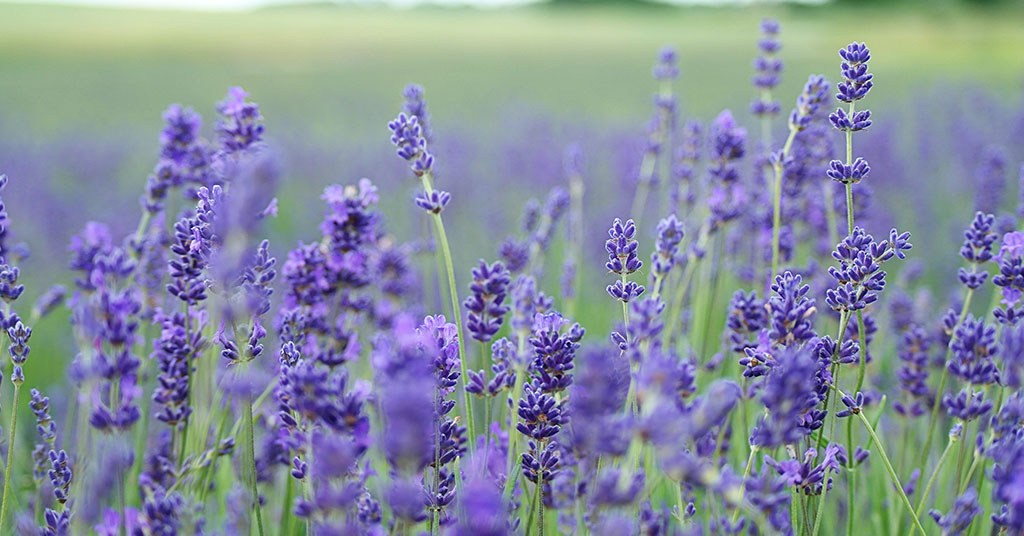Winter might seem like a quiet time for gardeners, but it’s actually the perfect season to lay the groundwork for a vibrant and flourishing spring garden. I understand how disheartening it can be to watch your garden take a pause while you’re eager to see it burst back to life. However, with thoughtful planning and preparation during the colder months, you can ensure that your garden not only survives the winter but thrives when the temperatures begin to rise. Let’s explore some essential strategies to make the most of your winter gardening efforts!
In this article, I’ll walk you through various aspects of winter gardening that will set you up for success in the spring. From soil health and seed selection to tool maintenance and garden design, each section is packed with detailed tips and insights. Whether you’re a seasoned gardener or just starting out, these practices will help you anticipate challenges and create a beautiful, productive garden. Let’s dive into the exciting world of winter gardening and get ready to welcome a stunning spring season!
Seed Selection and Ordering
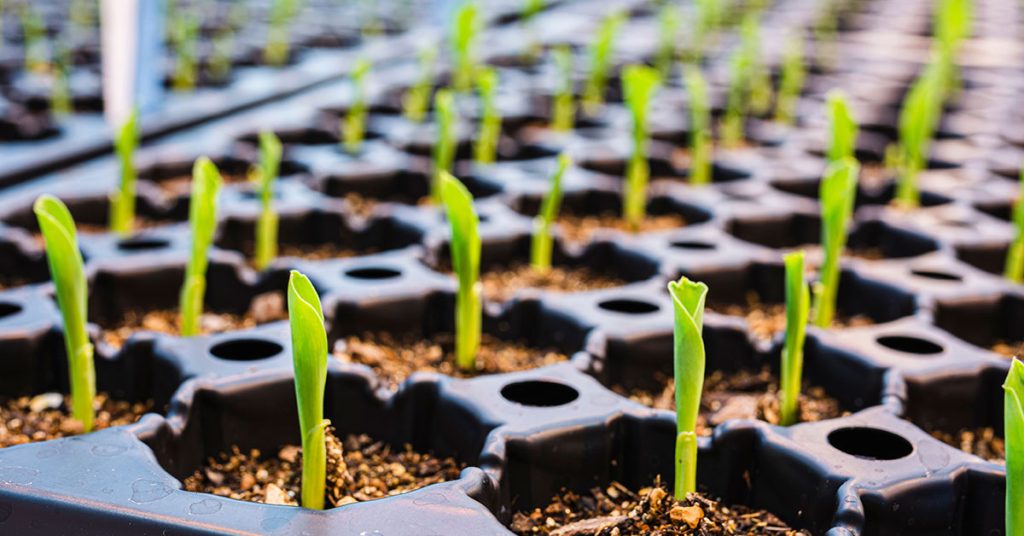
One of the most exciting aspects of winter gardening is selecting and ordering seeds for the upcoming spring. This is the time to research and choose varieties that are well-suited to your climate and soil conditions. Native plants are a fantastic choice as they are adapted to thrive in your local environment and support local wildlife. Additionally, opting for heirloom or disease-resistant varieties can enhance the resilience and diversity of your garden. It’s such a joy to see the transformation from tiny seeds to vibrant plants, and starting early gives you a head start in ensuring a successful growing season.
When ordering seeds, it’s important to consider the timing of planting. Some seeds need to be started indoors well before the last frost date, while others can be sown directly into the garden once the weather warms up. Creating a seed catalog and organizing them by planting dates can help streamline your gardening process. Additionally, many seed companies offer winter catalogs with detailed information on each variety, making it easier to make informed decisions. I find that carefully planning your seed selection not only reduces the stress of last-minute preparations but also increases the likelihood of a bountiful and diverse garden in the spring!
Soil Testing and Amendment
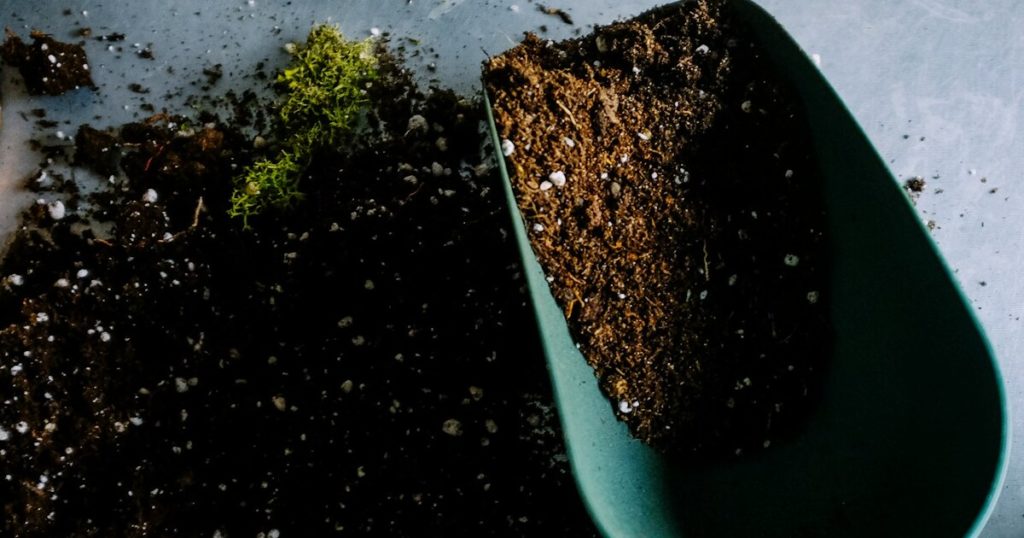
Preparing your soil during the winter months is crucial for a healthy and productive spring garden. Conducting a soil test helps you understand the pH levels and nutrient content, allowing you to make informed decisions about necessary amendments. Most native plants thrive in soil conditions similar to their natural habitats, so knowing your soil composition can guide you in selecting the right fertilizers and organic matter to enrich it. I know how frustrating it is to invest time and effort into gardening only to realize that your soil isn’t providing the necessary support for your plants!
Once you have your soil test results, you can begin amending your garden beds accordingly. Adding compost, manure, or other organic materials can improve soil structure, enhance moisture retention, and provide essential nutrients for your plants. Incorporating cover crops such as clover or rye during the winter can also help prevent soil erosion and add organic matter to the soil as they decompose. These practices not only boost soil health but also create a thriving environment for beneficial microorganisms and earthworms. By taking the time to nurture your soil now, you’re setting the stage for robust plant growth and a resilient garden come spring!
Planning Garden Layout

Winter is the perfect time to redesign or plan your garden layout for the upcoming growing season. Taking a step back and assessing your garden’s strengths and weaknesses can lead to a more organized and aesthetically pleasing space. Consider factors such as sunlight exposure, soil drainage, and plant compatibility when arranging your garden beds. Utilizing garden design software or sketching out your plans on paper can help visualize the final outcome and make adjustments as needed. I understand how overwhelming it can be to envision the perfect garden, but a well-thought-out layout can make all the difference in creating a harmonious and productive space!
Incorporating elements like raised beds, pathways, and companion planting can enhance both the functionality and beauty of your garden. Raised beds improve soil drainage and can extend your growing season by warming up faster in the spring. Pathways provide easy access to different areas of the garden, reducing the need to step on the soil and preventing compaction. Companion planting, where compatible plants are grown together, can improve pest control and boost growth. By carefully planning your garden layout during the winter, you ensure that every plant has the space and resources it needs to thrive, leading to a more efficient and enjoyable gardening experience!
Tool Maintenance and Organization
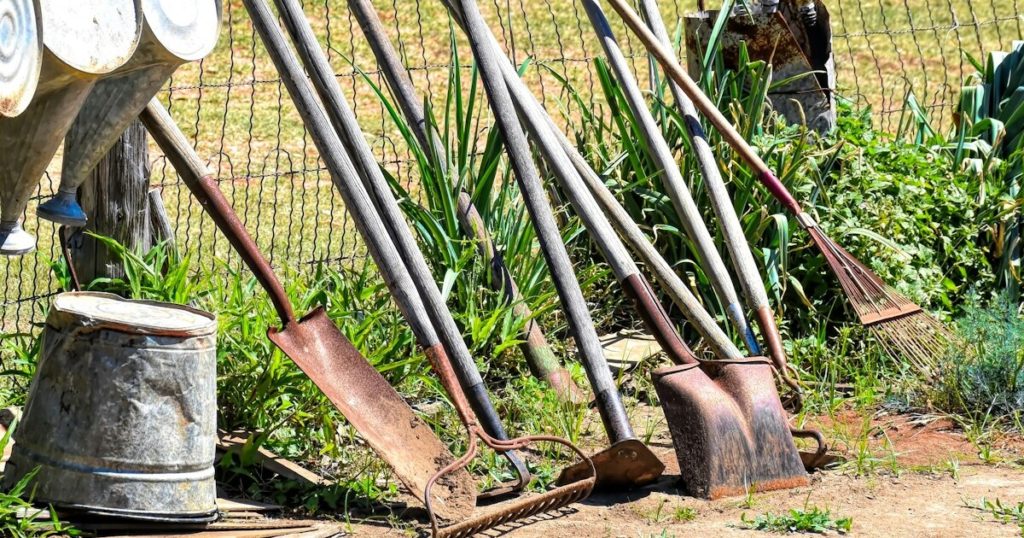
Keeping your gardening tools in excellent condition is essential for a smooth and efficient gardening season. Winter provides the perfect opportunity to clean, sharpen, and repair your tools, ensuring they are ready for action when spring arrives. Rust can be a common issue, so wiping down tools and applying a light coat of oil can prevent corrosion and extend their lifespan. Sharpening blades and fixing any broken parts now means you won’t have to deal with unexpected tool failures during the busy spring months. I know how frustrating it is to struggle with dull or rusty tools when you’re eager to start planting!
Organizing your tools in a dedicated space, such as a shed or garage, can also save you time and effort. Labeling each tool and keeping similar items together makes it easier to find what you need quickly. Investing in storage solutions like racks, hooks, and bins can help keep your tools tidy and accessible. Additionally, taking inventory of your tools and replacing any that are worn out ensures you have everything you need for a successful gardening season. Proper tool maintenance and organization not only enhance the efficiency of your gardening tasks but also contribute to the overall enjoyment of your gardening experience!
Pruning and Maintenance of Existing Plants
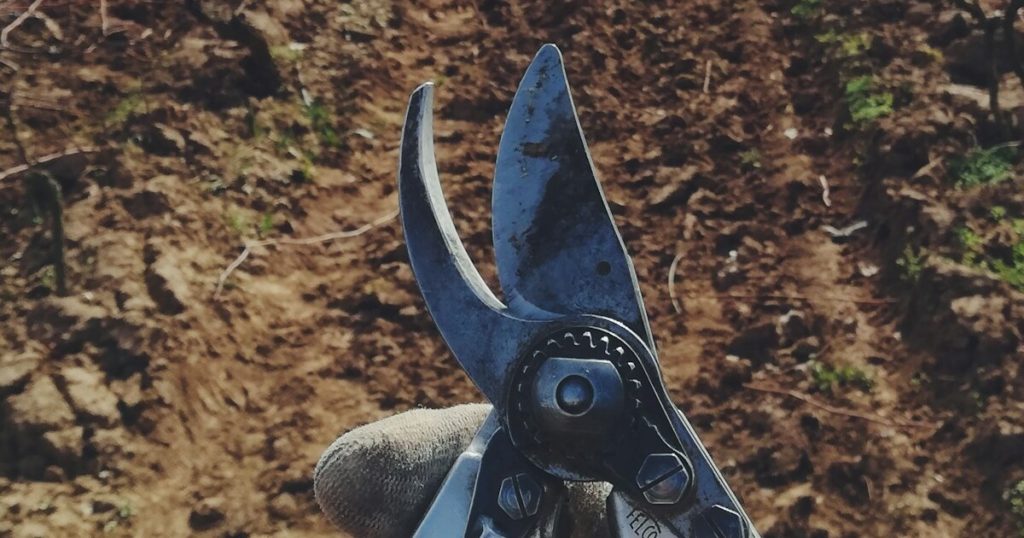
Winter is an ideal time to prune and maintain your existing plants, setting them up for healthy growth in the spring. Pruning helps remove dead or diseased branches, encourages new growth, and shapes your plants for better structure and aesthetics. Deciduous trees and shrubs, such as fruit trees and roses, benefit greatly from winter pruning as it allows for easier visibility of the plant’s structure without the interference of leaves. I know how important it is to keep your plants healthy and looking their best, and proper pruning can make a significant difference in their overall vitality!
In addition to pruning, winter is a great time to perform other maintenance tasks such as mulching and protecting plants from harsh weather conditions. Applying a layer of mulch around the base of your plants helps insulate the soil, retain moisture, and suppress weeds. For more delicate plants, consider using burlap wraps or protective covers to shield them from extreme cold and frost. Regularly inspecting your plants for signs of pests or disease during the winter can also prevent issues from escalating when the growing season resumes. By dedicating time to the maintenance of your existing plants now, you ensure they remain strong and healthy, ready to burst into life as the weather warms up!
Creating a Spring Garden Calendar
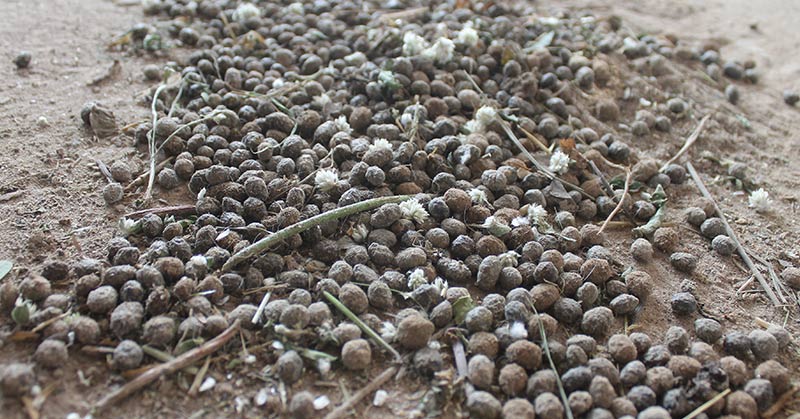
Developing a comprehensive spring garden calendar is a fantastic way to stay organized and ensure that you don’t miss any important planting or maintenance tasks. A calendar helps you plan out when to start seeds indoors, when to transplant seedlings, and when to plant directly in the garden. It also serves as a reminder for seasonal tasks such as soil preparation, fertilizing, and pest control. I understand how easy it is to forget crucial steps when the excitement of spring approaches, and a well-structured calendar can keep you on track and reduce stress!
In addition to scheduling planting and maintenance tasks, a garden calendar can also help you track the progress of your plants and make adjustments as needed. Incorporating notes about weather patterns, plant performance, and any challenges you encounter can provide valuable insights for future gardening seasons. Utilizing digital tools or traditional paper planners, you can customize your calendar to fit your specific needs and preferences. By planning ahead with a spring garden calendar, you set yourself up for a more organized, efficient, and enjoyable gardening experience, ensuring that your garden flourishes beautifully throughout the season!
Protecting Garden Structures

Winter can be harsh on garden structures such as greenhouses, pergolas, and fences, making it essential to protect and maintain them during the colder months. Inspecting these structures for any damage or wear and addressing repairs promptly can prevent costly issues down the line. Cleaning off debris, repainting or resealing surfaces, and reinforcing any weak points are important steps to ensure that your garden structures remain sturdy and functional. I know how important it is to have reliable structures that support your plants and enhance your garden’s aesthetic, and taking care of them now ensures they’ll stand strong through the winter and beyond!
Additionally, insulating greenhouses and other sensitive structures can help maintain a more stable environment for your plants during the winter. Adding weather stripping to doors and windows, using thermal blankets, or installing heating systems can protect your plants from extreme cold and frost. Proper ventilation is also crucial to prevent moisture buildup and mold growth, which can be detrimental to both plants and structures. By proactively protecting your garden structures, you create a safe and supportive environment for your plants, ensuring they remain healthy and ready to thrive when spring arrives!
Composting During Winter

Maintaining an active compost pile during the winter is a great way to recycle garden waste and enrich your soil for the spring. Even in colder temperatures, composting can continue with the right techniques. Insulating your compost bin or moving it to a sheltered location helps retain heat and keeps the decomposition process going. Turning the pile regularly and adding a balanced mix of green and brown materials ensures that your compost remains healthy and productive. I know how satisfying it is to see organic waste transformed into nutrient-rich compost, and keeping your pile active during winter accelerates your soil improvement efforts!
Using compost in your spring garden provides numerous benefits, including improved soil structure, increased fertility, and enhanced moisture retention. It also introduces beneficial microorganisms that support plant health and growth. If space is limited, consider using a worm bin or a small indoor composting system to keep producing compost even in the dead of winter. By dedicating time to composting during the colder months, you not only reduce waste but also create a valuable resource that will help your garden flourish when the growing season begins. Embracing winter composting is a sustainable practice that benefits both your garden and the environment!
Attracting Pollinators for Spring
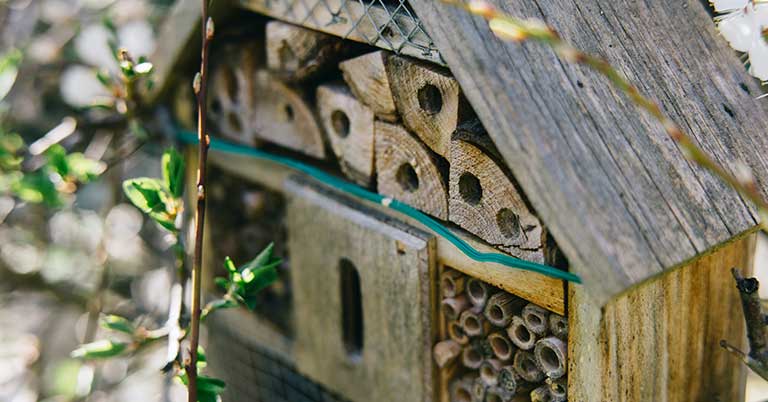
Preparing your garden to attract pollinators in the spring is essential for ensuring healthy plant growth and abundant yields. Winter is a great time to plan and plant early bloomers that will provide nectar and habitat for bees, butterflies, and other beneficial insects as soon as the weather warms up. Selecting native plants is particularly effective, as they are well-adapted to your local environment and offer the best resources for local pollinators. I understand how crucial pollinators are for a thriving garden, and taking steps now to attract them can make a significant difference in your garden’s productivity!
Creating habitats for pollinators involves more than just planting flowers. Incorporating elements like bee hotels, butterfly feeders, and sheltered areas for nesting can enhance the attractiveness of your garden. Additionally, avoiding the use of pesticides and providing a continuous bloom throughout the spring ensures that pollinators have a steady food source. Planting a variety of flowers with different blooming times also helps sustain pollinator populations as they move from one food source to another. By focusing on attracting pollinators during the winter planning phase, you set the stage for a lively and productive garden come spring, supporting both your plants and the incredible creatures that help them thrive!
Creating Raised Beds
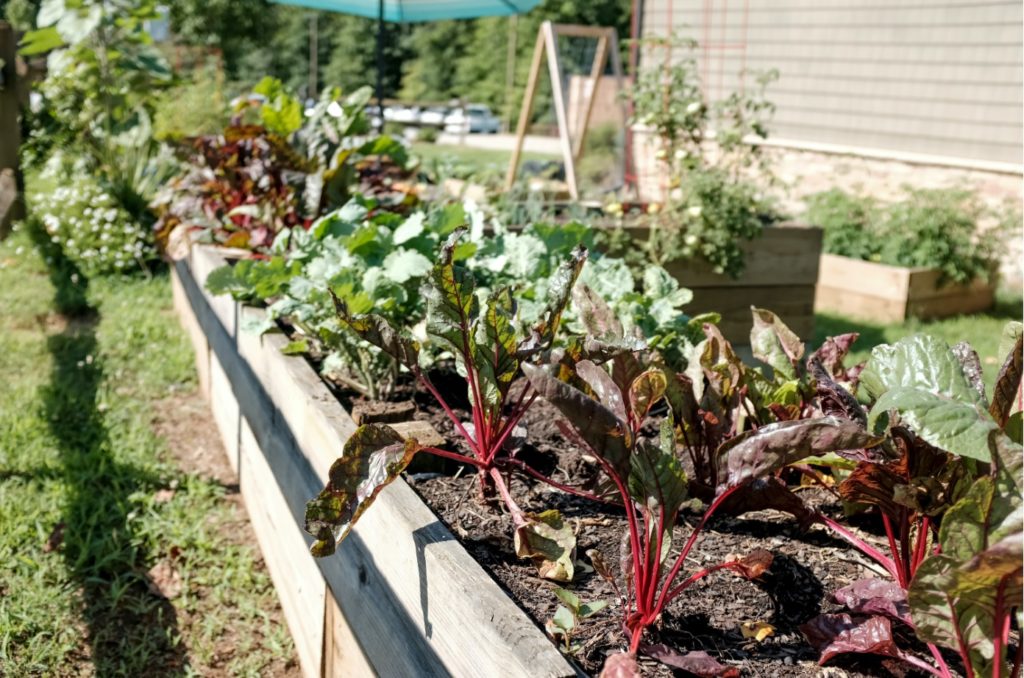
Building or enhancing raised beds during the winter is a smart strategy for improving your garden’s productivity in the spring. Raised beds offer better soil drainage, improved aeration, and the ability to control soil quality more effectively. They also make gardening more accessible by reducing the need to bend down, which can be a significant advantage for those with mobility issues. Planning and constructing raised beds now allows you to select the best locations and materials, ensuring they are ready to be filled with rich, fertile soil when planting season begins. I know how rewarding it is to see your raised beds come together, providing a structured and efficient space for your plants to thrive!
In addition to their practical benefits, raised beds can also enhance the aesthetic appeal of your garden. They create defined areas that can be easily managed and can be designed to complement your garden’s overall layout and style. Incorporating pathways between raised beds improves accessibility and adds visual interest to your garden design. Selecting materials that blend with your garden’s theme, such as natural wood, stone, or recycled materials, can further elevate the look of your raised beds. By creating raised beds during the winter, you not only boost your garden’s functionality but also add a beautiful and organized element that will make your spring gardening endeavors even more enjoyable!
Enhancing Garden Biodiversity
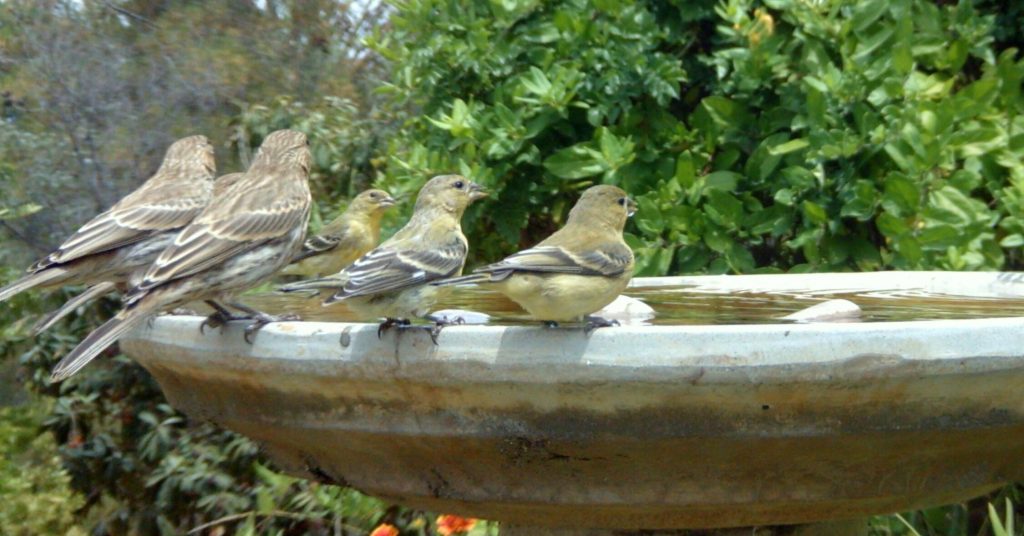
Winter is an excellent time to plan for enhancing biodiversity in your garden, which is key to creating a resilient and thriving ecosystem come spring. Diversifying the types of plants you grow ensures that different species support each other and provide habitats for a variety of beneficial insects, birds, and other wildlife. Native plants are especially important as they are adapted to your local environment and can attract a wide range of pollinators and natural pest controllers. I understand the importance of a balanced garden ecosystem, and enhancing biodiversity now sets the foundation for a more sustainable and productive garden in the spring!
Incorporating a mix of flowering plants, shrubs, and trees can create multiple layers of habitat, offering shelter and food for different species throughout the seasons. Additionally, planting cover crops or intercropping can improve soil health and reduce pest problems by promoting a diverse range of microorganisms and beneficial insects. Creating water sources, such as birdbaths or small ponds, can also attract wildlife and support a healthy garden environment. By focusing on enhancing biodiversity during your winter planning, you foster a garden that is not only beautiful but also robust and self-sustaining, ensuring it thrives through the challenges of each growing season!





